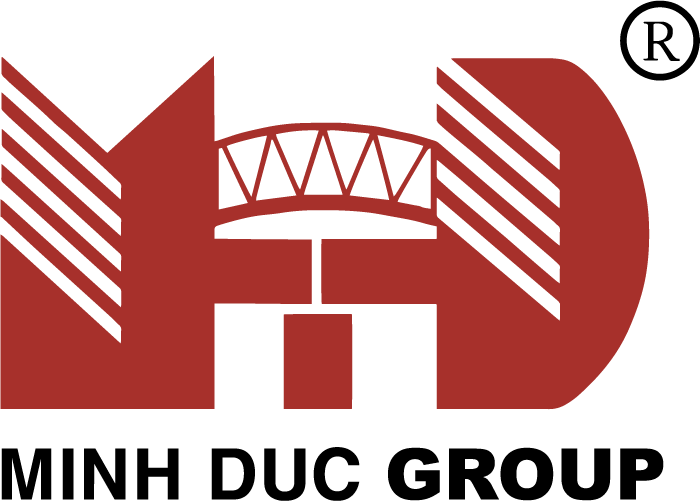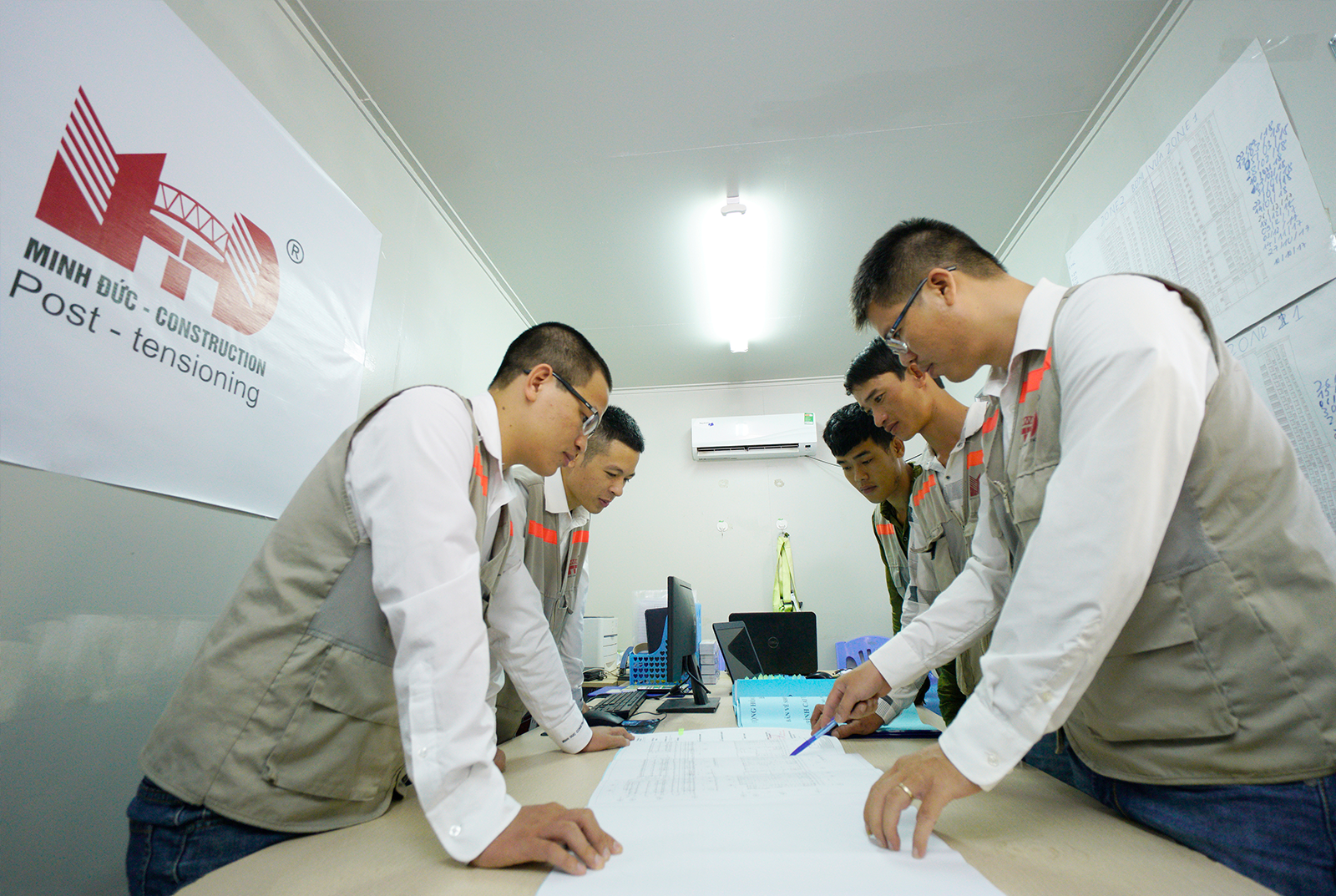CLASSIFICATION OF GROUND ANCHOR
Anchor in the ground is a stabilizing system against excessive displacement of building structures by applying prestressing forces of prestressed cables (PC.Strand) which are partially fixed in the ground and are tension to generate the load of the anchor. Anchor in the ground has been widely used temporarily in the works with deep excavations, and permanently stabilizes slope slopes. The ground anchor system has been used for more than 50 years and has proven its quality and superiority over other methods in domestic and foreign construction.
General introduction
Anchor in the ground is a stabilizing system against excessive displacement of building structures by applying prestressing forces of prestressed cables (PC.Strand) which are partially fixed in the ground and are tension to generate the load of the anchor. Anchor in the ground has been widely used temporarily in the works with deep excavations, and permanently stabilizes slope slopes. The ground anchor system has been used for more than 50 years and has proven its quality and superiority over other methods in domestic and foreign construction.
Applications of Ground Anchor
- Anchor earth retaining wall when constructing excavation holes at construction sites.
- Increase the stability of the slopes of traffic works.
- Stabilizing slopes, hydroelectric projects.
- Resist the buoyant pressure of groundwater on the structure.
- Stabilize and increase the working capacity of the tunnel.
- Stabilize structures against earthquakes.
- Stabilize tower structures such as electric boat towers with steel structures.
- Stabilize the pier foundation, cable-stayed bridge.
Classification of Ground Anchor
Anchor in the ground can be classified according to the way the anchor pot is connected to the ground, the way of installation, the method of grouting, the use, the method of tensioning. Basically we can divide as below:
1. According to the purpose of use:
- Temporary anchor: An anchor used for less than 24 months, mainly used for stabilizing diaphragm walls, pile walls of deep excavations and can remove anchor cables after finishing. tunnel structure is capable of self-balancing force.
- Fixed anchors (permanent) are used longer depending on the duration of the construction, it will participate in the general bearing process of the building.
2. Classification according to how the anchors create friction between the ground layer:
- Anchor creates traction friction
- Anchor creates compressive friction force
- Mixed anchors (create tensile + compression friction)
* Compression friction anchors are also distinguished by concentrated load and distributed load.
Comparison by the Characteristics of Each Anchor Type
■ Tensile type anchor
The drawbacks of tensile type anchors are that a progressive destruction occurs due to the jacking crack in the grout and creeps due to load concentration, greatly reducing the load. Therefore, as in the vicinity friction distribution graph(Figure A), the load transference distribution is as shown in curve 1) at the initial point when the load is applied, which changes into curve 3) due to the above mentioned reasons with the progress of time, reducing the load.
Also, as shown in the load change diagram(Figure 1), load curve ① is expected in designing by applying jacking force to the grout mass, but in fact, since the load concentration sector exceeds the ultimate pull-out force of the subject ground, the curve is loosened to that load curve ②, resulting in load curve ③. The main cause of this is the decrease of the local friction due to load concentration.
■ Load distributive type anchor
Compressive type anchors use PE coated P.C. strands, generating compressing force on the grout by fastening the strand to a separate fixation object. The load decrease due to creeps is small compared to that of the tensile type anchor, but highly strong grouts should be used, and the drawback is that it cannot acquire the necessary anchoring force in relatively soft grounds. Also, as for the compressing force applied to the grout, the load concentration is generated at the front end as shown in the load change diagram(Figure 2), which may crush the grout. Also, another drawback is that it must be fixed to a rock bed that has high confining pressure, or that the drilling diameter increases when attempting to apply a load that exceeds the ultimate resistance. Load concentrative type anchors may also generate load decrease (load change diagram①=>②=>③) in the case of the jacking type and moreover, cause sudden load decrease due to compression destruction.
As shown in the vicinity friction distribution graph(Figure B), in the case of load concentrative type anchors, the load transference changes from 1) to 3), decreasing the load.
.
■ Load diffusion type anchor
To compensate for the drawbacks of the tensile type and load concentrative type anchors, an extreme load concentration must not occur at the fixation ground and the grout mass, use a PE coated P.C. strand that does not generate confinement of the free anchor length, and the application of the allowed anchoring force according to the ground conditions be easy. To achieve this, the load-distributive-compressive type anchor is developed recently and is being used. In this case, the load is diffused and applied to the various parts of the anchor body, having less impact on the grout strength, and being able to secure necessary anchoring force in relatively soft grounds. This type can have strong loads in normal and sand grounds as in rock beds


